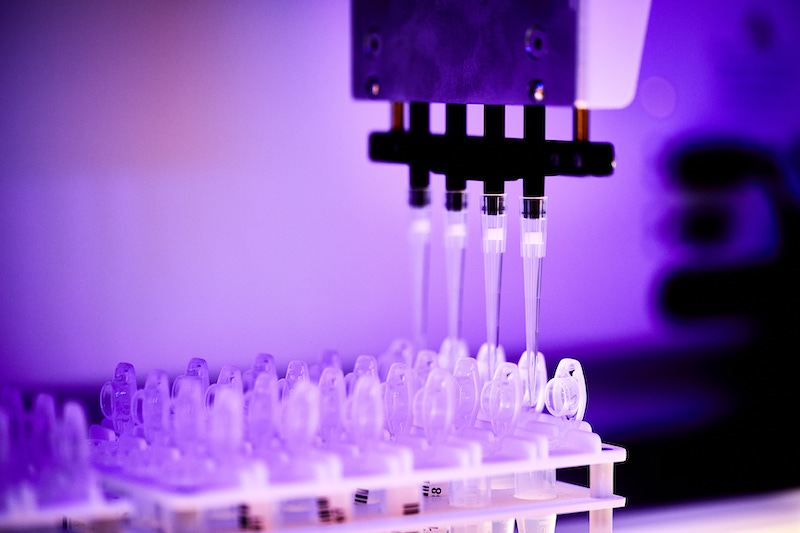
Flow Robotics brings its automated pipetting robot to North America
Flow Robotics, a Denmark-based designer and producer of robots for automated liquid handling and the creator of the flowbot One, has established its North American subsidiary, with operations in Princeton, New Jersey.
The company’s first product, the flowbot One, is designed to transform how liquid handling responsibilities are performed in the laboratory by automating manual pipetting tasks.
The robot will be showcased for the first time in the US at the SLAS 2021 Americas Sample Management Hybrid Symposium September 9-10 in La Jolla, California.
The flowbot One debuts at a pivotal moment for the laboratory industry, plagued for years with high workloads, burnout and physically challenging conditions recently exacerbated by the Covid-19 outbreak.
The pandemic brought an increased necessity for collecting and preparing virus samples quickly, safely and accurately.

Annika Isaksson, CEO of Flow Robotics, says: “We are excited to expand our operations in North America.
“Our technology is setting a global precedent in life sciences, healthcare and academia, delivering faster and more accurate lab results.
“The flowbot One helps labs achieve a more sustainable setup by taking over many of the repetitive and burdensome manual pipetting tasks. In turn, lab personnel can engage in other more valuable activities.
“flowbot One also reduces human error and work-related injuries, resulting in an overall increase in lab productivity, where humans and robots can work in parallel.”
Flow Robotics estimates that about half of medical lab technicians carry out the same arm movements for at least a quarter of their working day.
Manual pipetting is a large part of liquid handling in any laboratory, and it brings hours of repetitive work in fixed positions. This can result in physical strain to the shoulders, arms and hands.
The American Society for Clinical Pathology found that 85 percent of laboratory professionals suffer from burnout; 36 percent struggle with inadequate staffing; and 32 percent face a heavy workload and pressure to complete all testing on time.
